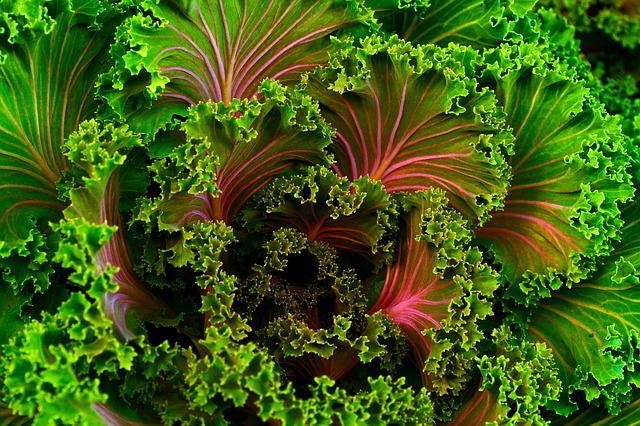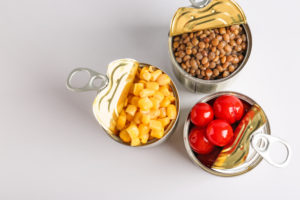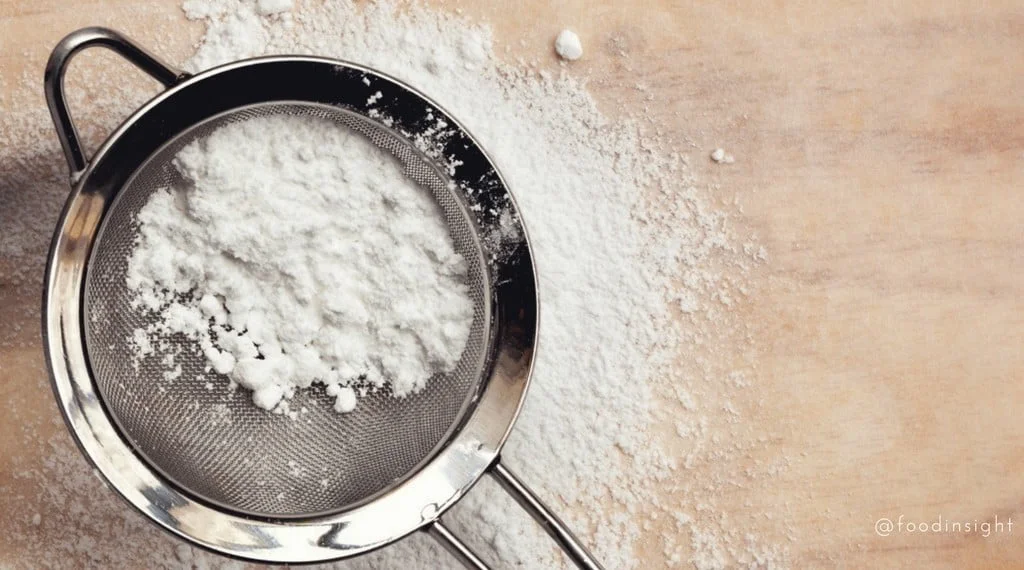
“Eat more leafy greens!” Do you hear that all the time? Or is it just me? Seems like a saying that just won’t go away. I know we are always commanded by health gurus to eat this or eat that, but with leafy greens, I think there is a reason this mandate has stuck around.
What are leafy greens anyways? Sounds like a nice word for something clearly leafy and healthy, but are we talking about exactly? Many think spinach, some think lettuce. Both are correct, but it’s more than that. Leafy greens typically entail those greens that are dark green (iceberg you’re out, sorry), and leafy (obviously), which does include spinach and lettuce but also kale, chard, and collard greens.
One question I often get is, “Are they really all that healthy?” It does seem that such a small, flat arrangement of cellulose could not possibly hold much in the way of nutrition, but strangely they pack a hefty nutrient punch.
First of all they are great sources of folate. This is great for women of reproductive age but helpful for all of us in forming red and white blood cells as well as producing DNA and RNA. Folate also helps us utilize carbohydrates as energy (and don’t we all need more energy?). Additionally, for those who have a deficiency in an enzyme called Methylenetetrahydrofolate Reductase (MTHFR for short), dietary folate sources are very important. A good handful of leafy greens every day is a great idea for everyone.
Greens also have vitamin C, believe it or not. I know normally we think citrus, but those dark leaves have an appreciable amount as well. Our bodies use Vitamin C to make collagen, support brain health, and as a potent antioxidant. They also have a good dose of Vitamin which is super important for blood clotting. Vitamin K also works with Calcium, Vitamin D and Magnesium in supporting healthy bones.
Besides vitamins, leafy greens also have important minerals that we need for health. They have some calcium (more good news for bones!) and bit of iron. Since Vitamin C helps plant-based iron sources get absorbed more readily, leafy greens come packed ready for maximum absorption.
All those nutrients packed into an inconspicuous green, fibrous plant… who would have thought? But there is knowing about these facts and then choosing to consume. Basically, do they actually taste any good?
Those same people crying “eat more leafy greens” are also the same ones who typically say leafy greens are delicious. Have you tasted one of those leaves? I think you can safely call it bleh. The key is you have to prepare them. Or douse them in dressing. It’s easy to make them palatable, so don’t dismiss them until you’ve tried a number of variations.
I’m a big fan of keeping them raw as much as possible. Why? Because cooking starts to degrade the vitamins. You won’t get nearly as much folate or Vitamin C if you cook them, but that doesn’t mean you can’t. I do cook them sometimes, such as a nice sauté of greens with garlic and oil, however I also like to keep them fresh, flavored instead with dressings or mixed into flavorful grain or salad dishes. In fact, massaged kale salad is one of my absolute favorites. See the recipe below. It might change your life.
The last wonderful thing about leafy greens? They are low in calories! Everyone wants low calorie, am I right? One cup of spinach has 7 calories. You can’t beat that. Greens for the win.
So go ahead and follow orders the next time you are instructed to “eat more leafy greens.” It’s a command you can trust.



